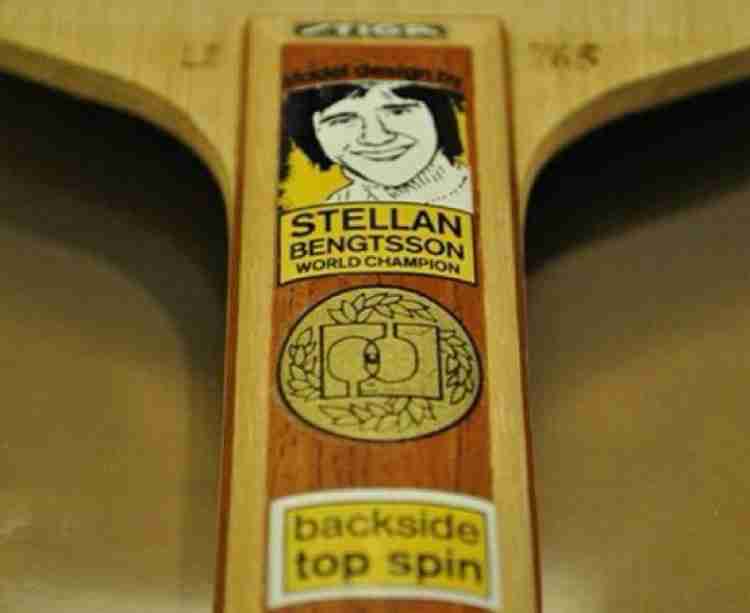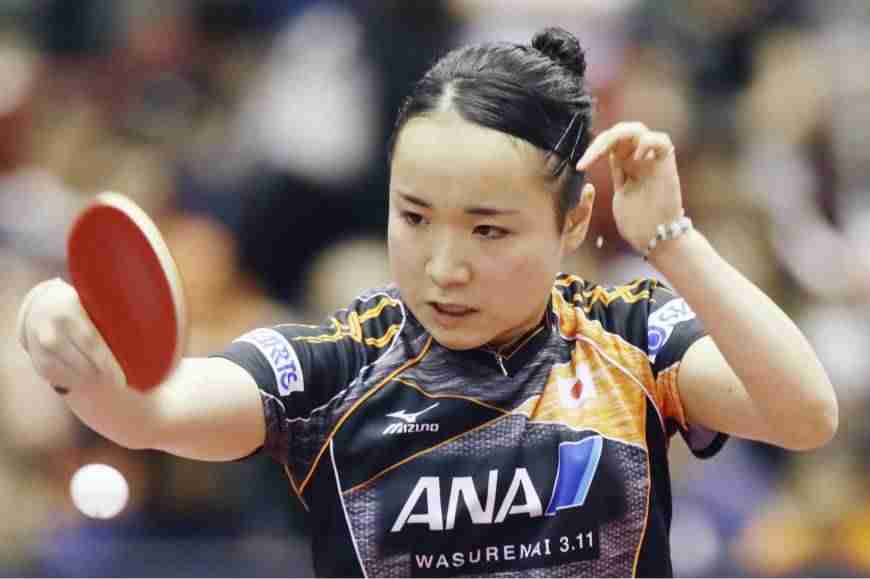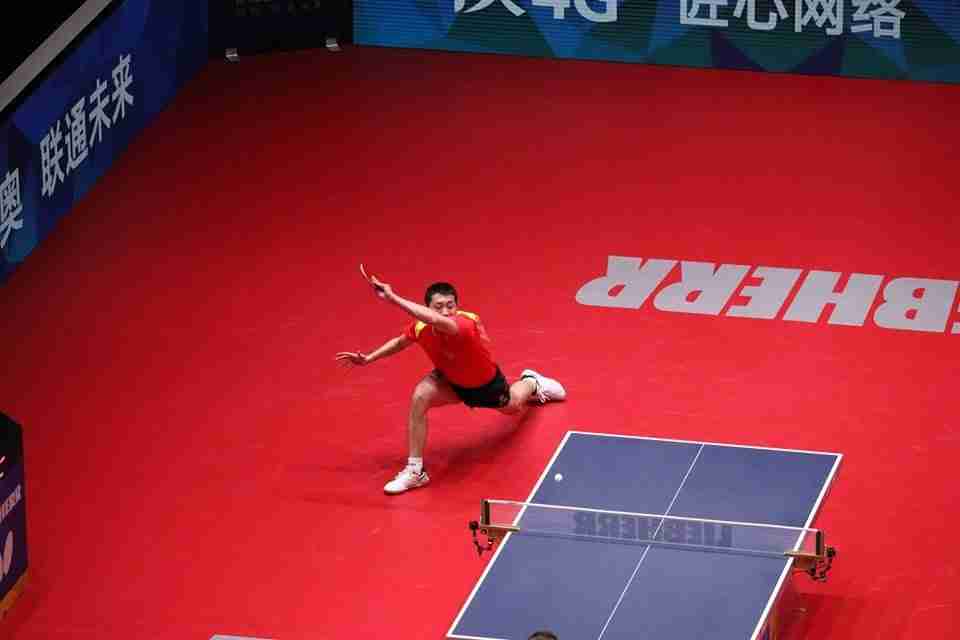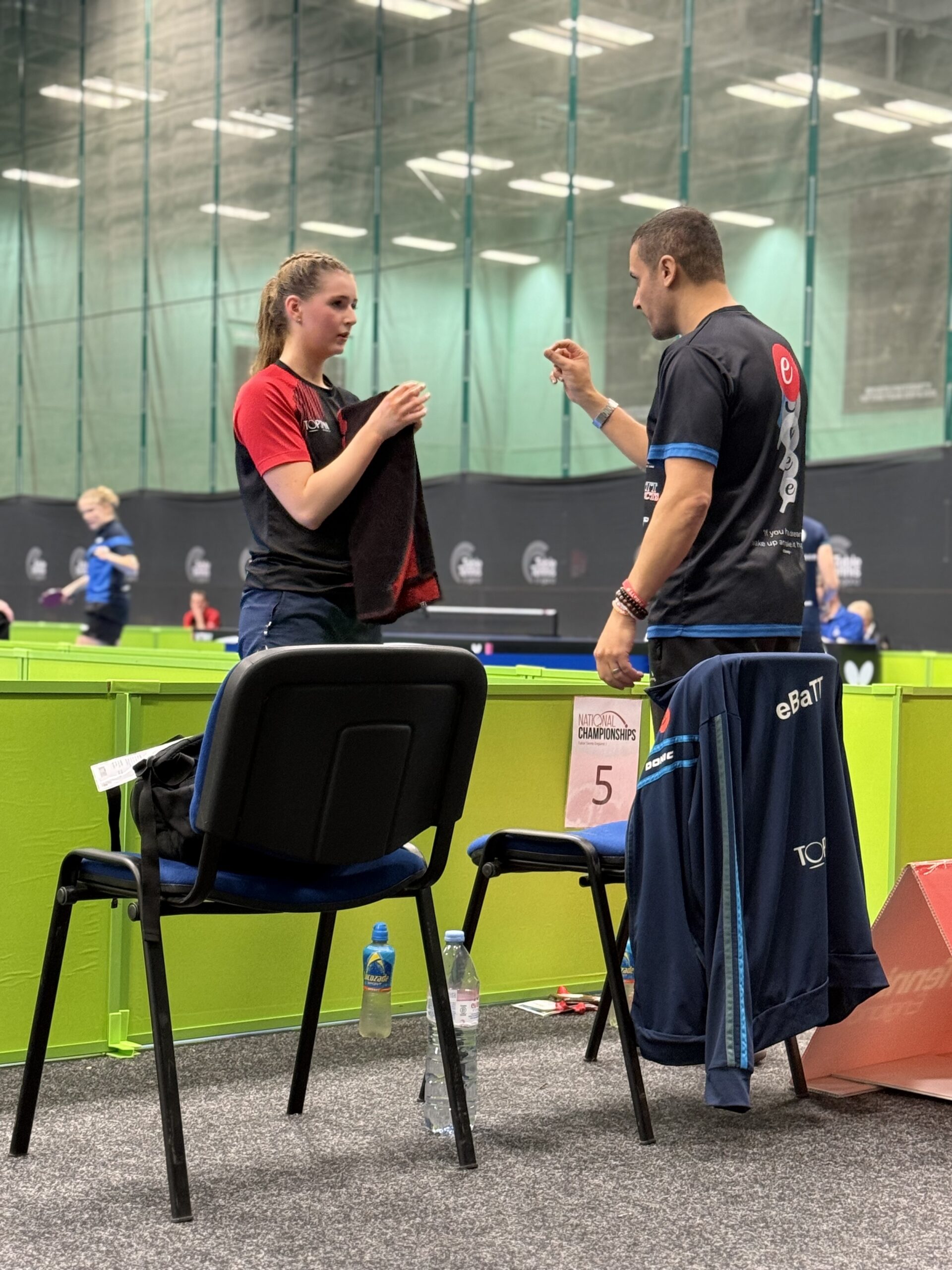
Table Tennis Evolution
Table tennis evolution could possibly be greater than any other sport?! I don’t know for a fact if table tennis has evolved more than any

Table tennis evolution could possibly be greater than any other sport?! I don’t know for a fact if table tennis has evolved more than any

Have you ever asked yourself, how important is a table tennis rally? We all love having a long table tennis rally and of course, winning the

The modern table tennis game seems to have forgotten about the forehand flick! Table tennis like any sport which has a core selection of shots

What is your opinion, when using smartphones in table tennis tournaments or in the training hall? 10 years ago, the most you could do with

Table Tennis seems to target two age categories, youth and senior (Vetts) players. Junior Table Tennis (8-18yrs) At a young age, there is lots of
The backhand flick has become one of the most used shots in table tennis. I could be wrong but I believe Dimitrij Ovtcharov, is the

I want to make it clear that my views and opinions are based on what I know see and hear. I am not against anyone

Who is better Ito Mima or Hirano Miu? and more importantly who has a greater chance of becoming a World or Olympic Champion? Table tennis

Table tennis is one of the most dynamic sports on the planet requiring three key game elements: Table tennis speed, spin, power, who wins? If

For the first time in possibly 20 years, I did not watch or follow the English Table Tennis National Championships! I sneaked a peak







eBaTT – Table Tennis Centre
Our Table Tennis Club is a dedicated table tennis centre based in North West London. We provide and cater for anyone and everyone. This includes; table hire, group coaching, adult coaching, service & receive clinics, senior citizen coaching, open club play, tournaments, events, ping pong birthday parties and we pride ourselves on being welcoming and friendly to all.
We are open 7 days a week offering a huge variety of open & closed, coaching & non-coaching group sessions
Get the latest updates by providing your email to us and thus becoming a subscriber to our newsletters, (once a month).